The Fork Decluttering Method Helped Me Hold Myself Accountable and Cull the Clutter That Was Piling Up at Home
This way of approaching your home's clutter is perfect if you're looking to pare back your home for summer
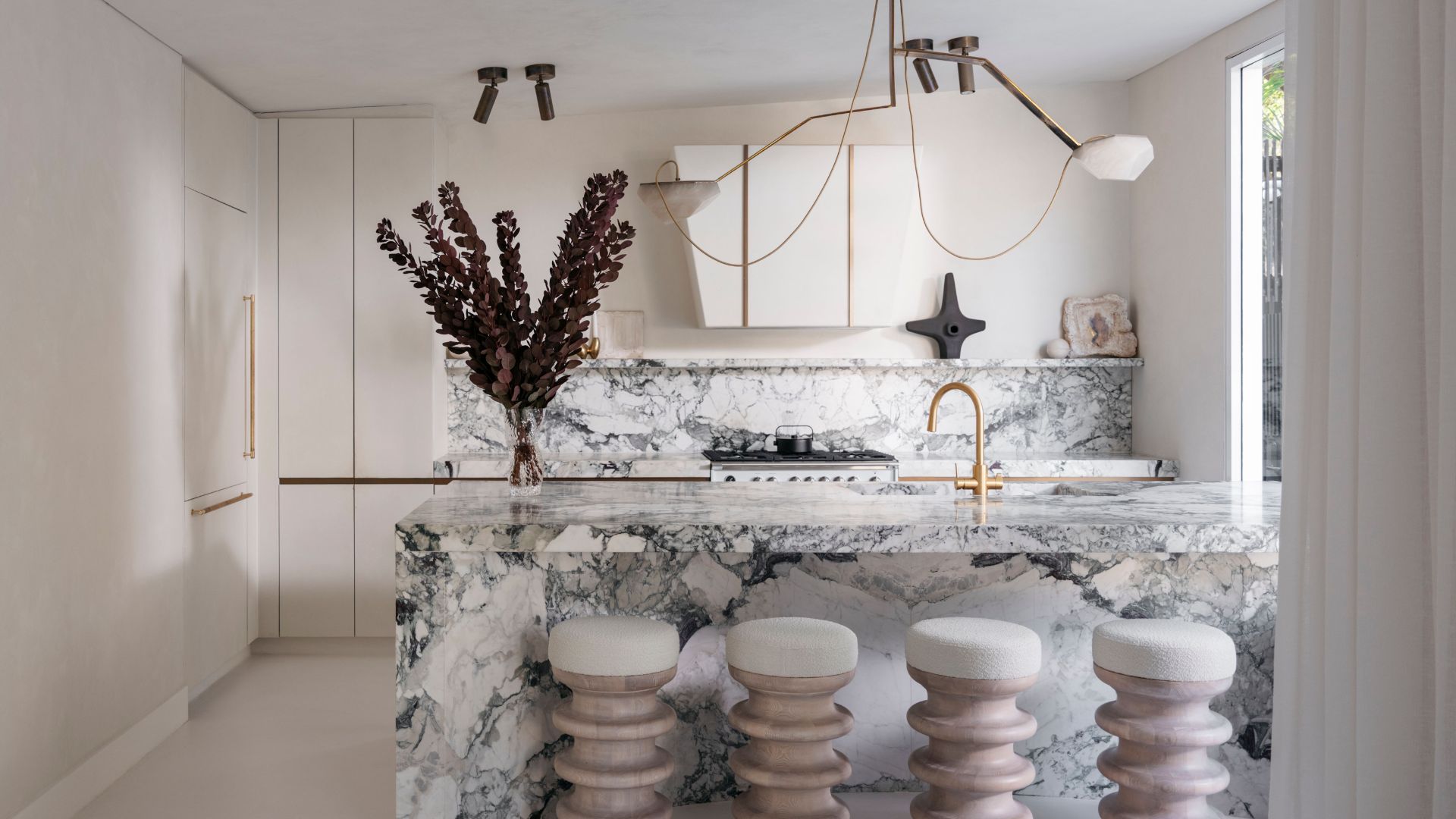

Another week, another decluttering challenge for me to try before I selectively pass on to fellow sentimentalists and the hoarding inclined. And this time, the fork decluttering method is up for debate.
If you're open to decluttering your home but you can't seem to figure out what to keep and what to ditch, this method will help you evaluate each and every item. From clutter-filled living rooms to overstuffed kitchens, this technique is sure to keep you accountable.
I won't keep you in the dark any longer. Let's dive into what this method is all about and why it has the Livingetc stamp of approval.
What Is the Fork Decluttering Method?
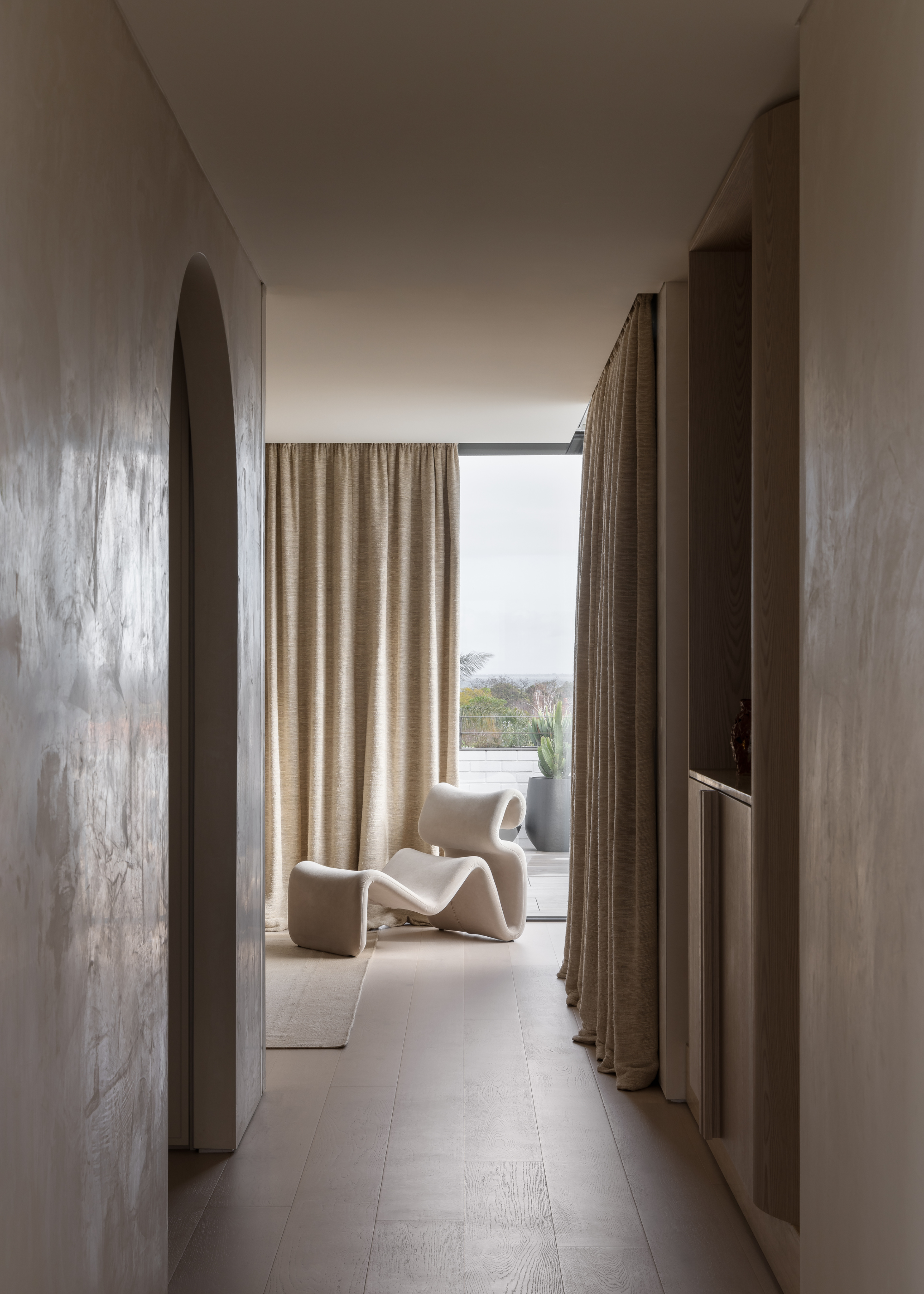
A simple and efficient test to grade your belongings by.
"The fork decluttering method is a streamlined approach that categorises items into four distinct groups: Functional, Optional, Replaceable, and Keep-worthy," says Caroline Caron Dhaouadi, founder of Homefulness.
She tells me that this method of decluttering aids in making intentional decisions about possessions, ensuring that each item serves a purpose or brings joy. Think of it as the KonMari method with a deeper look at categorization.
"Personally, I like to see this decluttering method as a mindful, decision-based technique that simplifies the process of letting go," she says. "Like arriving at a fork in the road, each item is assessed with four options: keep, donate, recycle, or discard. At Homefulness, we use this method to bring clarity, elegance, and purpose to every space."
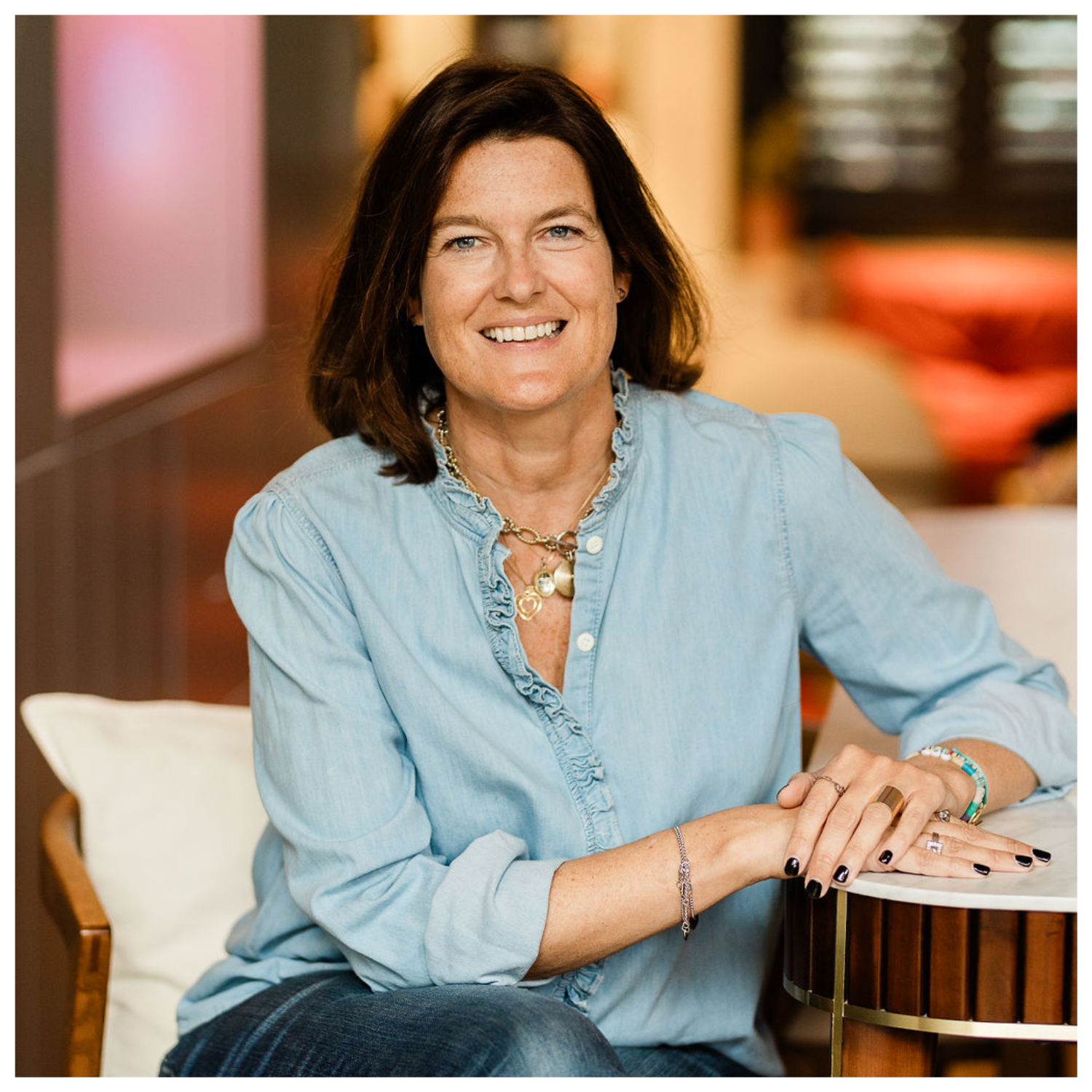
Caroline founded Homefulness in 2019 to combine her love of interiors with her talent for organisation and clutter-free living. After a 14-year consulting career in Paris, New York and Singapore, she settled in London, where she lives with her husband and two children. Passionate about the link between home and wellbeing, she helps others create spaces that feel both beautiful and balanced.
How to Apply this Method
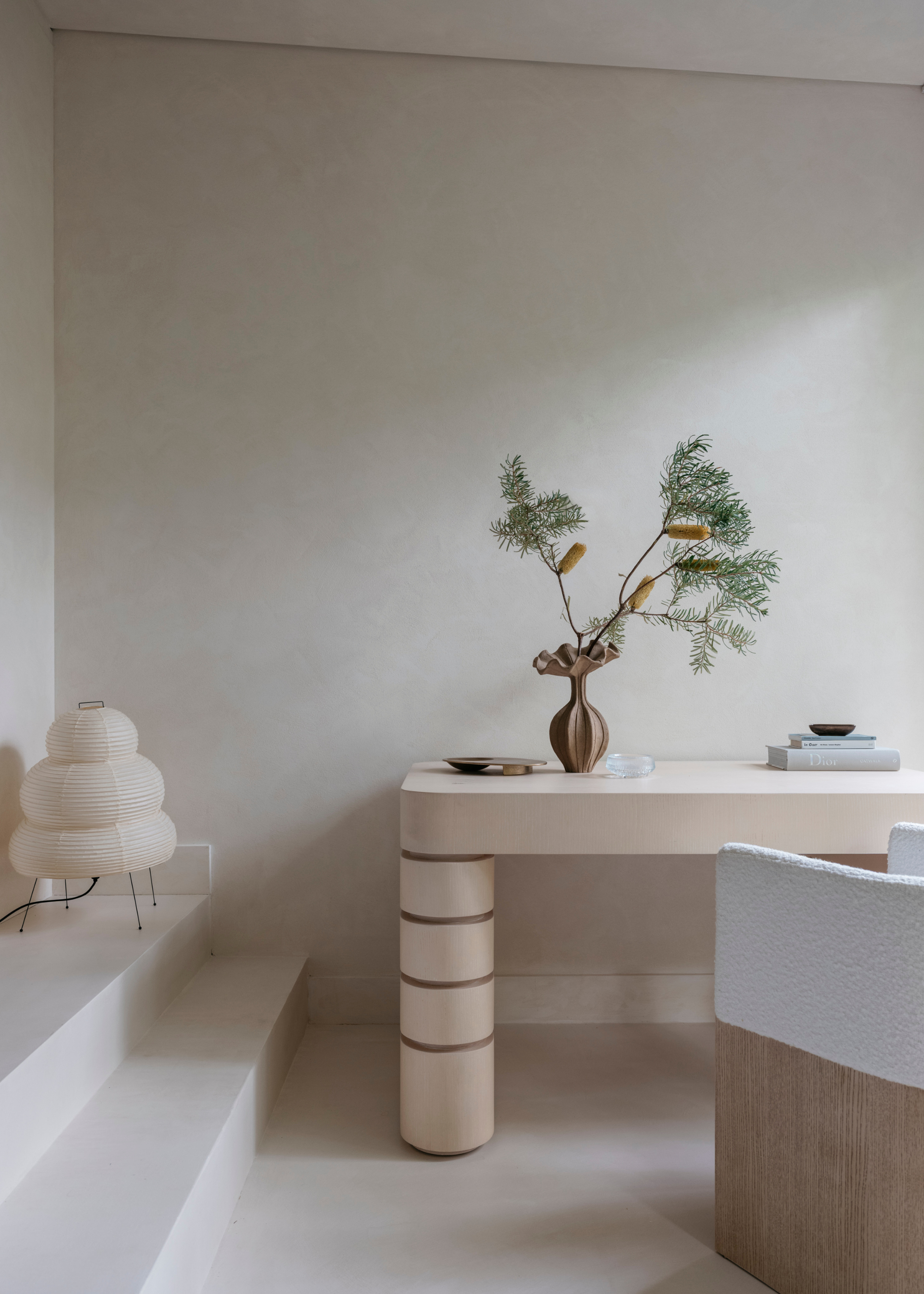
Categorize first and sort second for an instantly tidy space.
Whether it's obvious signs of clutter or under-the-radar items to declutter, this method will help you identify the true potential (or lack thereof) of the items in your home.
The Livingetc newsletters are your inside source for what’s shaping interiors now - and what’s next. Discover trend forecasts, smart style ideas, and curated shopping inspiration that brings design to life. Subscribe today and stay ahead of the curve.
Caroline recommends starting by selecting a specific area or category, such as kitchen tools or wardrobe items, and following through by individually assessing each item.
"Ask yourself if it fits into any of the four categories tied to this method. Is it functional and used regularly, optional and utilized occasionally, replaceable and therefore easily substituted, or keep-worthy, holding significant value or sentiment?" she says.
She finds that this systematic evaluation promotes mindful decluttering. And it can also help you keep an eye out for future signs of clutter by using it at the time of purchase.
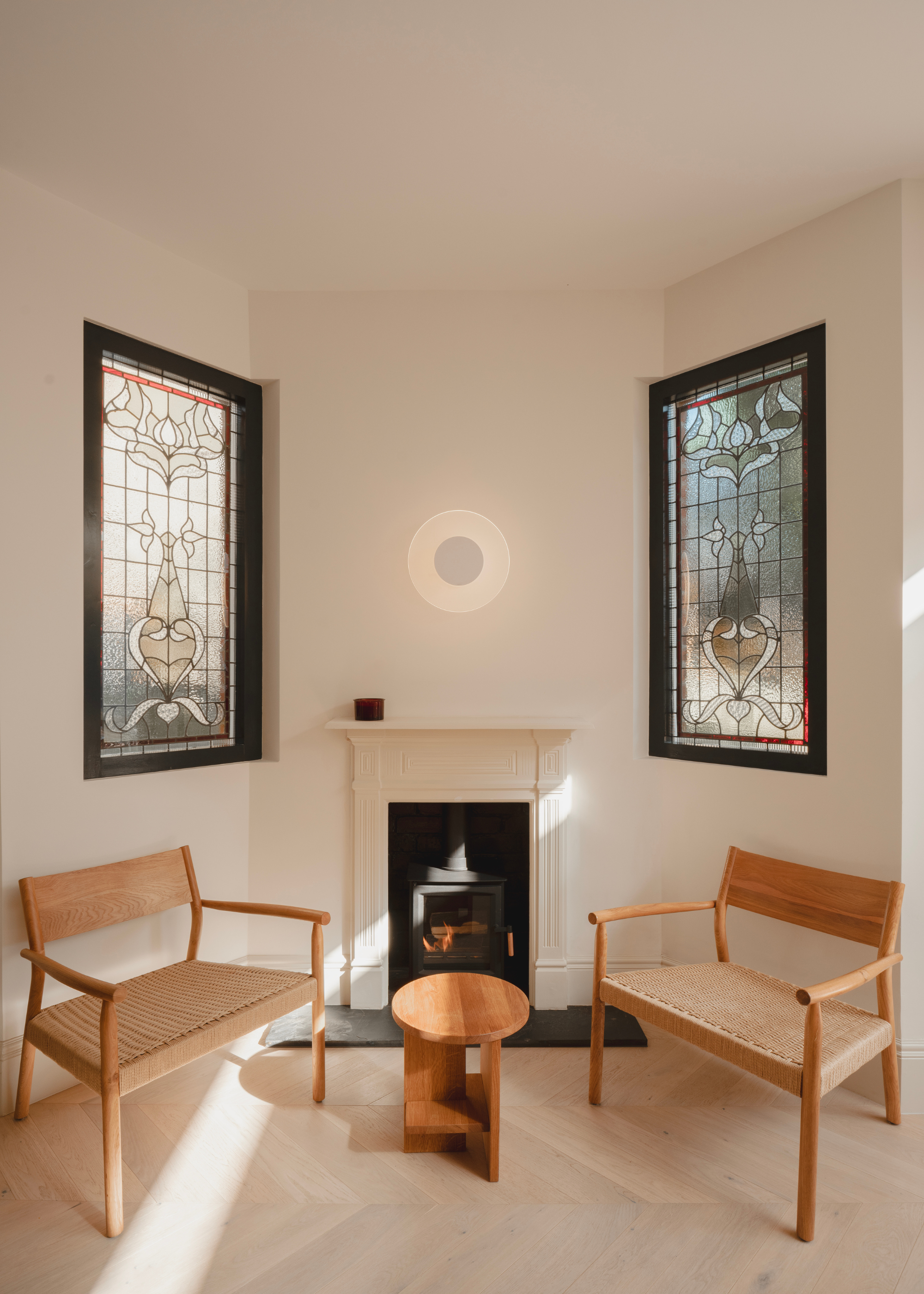
Versatile enough to cure any of your spaces of clutter.
When it comes to identifying the best spaces to use the fork decluttering method, Aprille Loney, founder of Perfectly Organized OKC, tells me that it works in a variety of different areas of the home.
"If you're decluttering your bathroom, you may come face to face with ten different makeup brushes, but you only ever use two or three," she says. "In the kitchen, you may have a favorite spoon or two that you use when cooking, and several that go untouched.
"Consider getting rid of the excess and making room for the things you love. Conversely, you may have a few items that have a very specific use that you want to keep. A citrus zester is used only once in a while, but it’s an item that doesn’t have a good substitute. If you use it and you have room for it, go ahead and keep it."

Aprille Loney is the founder of Perfectly Organized OKC, a professional organizing company offering services in the Oklahoma City metro. Her mission is to help you on your journey to getting organized.

Color: Beige
I'm on a biophilic decluttering kick at the moment, and this Large Seagrass Storage Basket from H&M satisfies the trend perfectly.
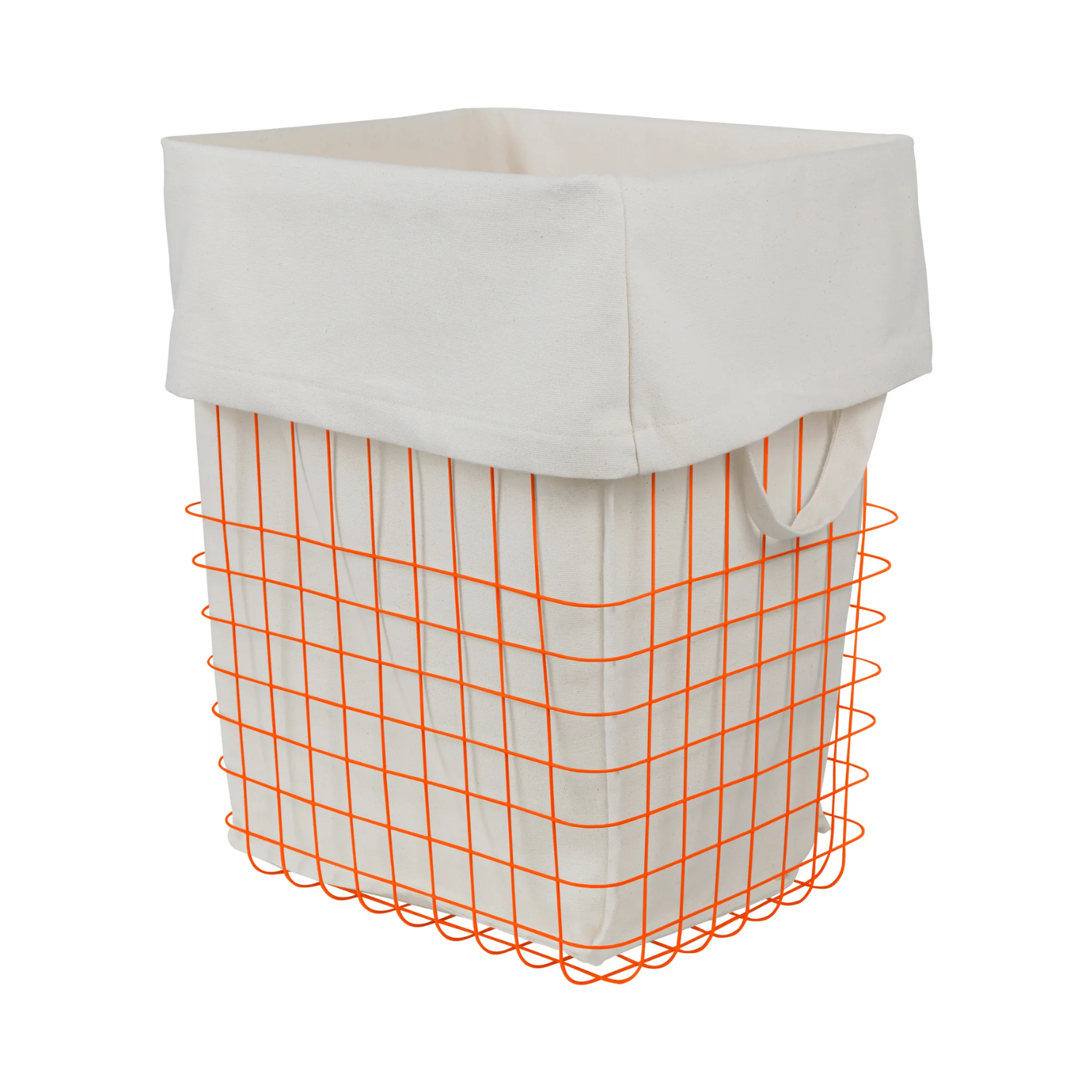
Color: Orange
If dopamine decor and stylish storage came together, I think it would look a little something like this cool Store-it Storage Basket from Nordic Nest.

Quantity: Set of 2
If you have long and low furniture in your home, then I recommend treating your space with these Vova Wheeled Storage Boxes for out-of-sight organization.
FAQs
How Often Should you Practice the Fork Decluttering Method?
"Spring and fall are great times for decluttering. Both are seasons of change, and people often feel motivated to clean during these times," says Aprille. "Use that motivation to try out the fork decluttering method. The fork decluttering method can be used any time you feel overwhelmed with clutter. If you find yourself digging for a specific item, it’s time to think about decluttering."
Another trend that's definitely worth testing is the floor decluttering method. And when paired with this fork technique, you'll have an unbeatable duo that will banish clutter and restore peace across your home.

Amiya is a Home Wellness Writer at Livingetc. She recently graduated with a Masters Degree in Magazine Journalism from City, University of London, and has lent her words to beauty, fashion, and health sections of lifestyle publications including Harper’s Bazaar and Women’s Health. Her experience as a research analyst has equipped her with an eye for emerging trends. When she’s off the clock, she can be found reading, listening to music, or overanalyzing her latest Co-Star update.